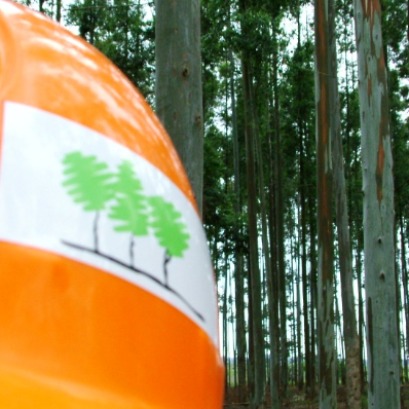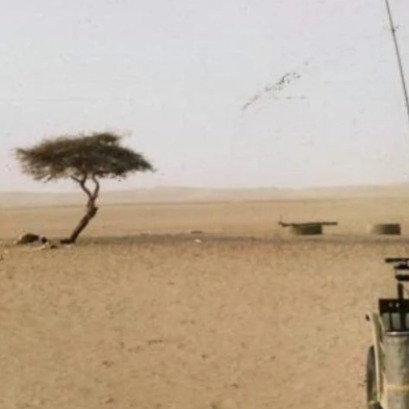
Unusual finding: a pine forest in excellent condition emerges after 6,000 years buried under the ice
In the world there are millions of forests. Some are close to urban centers, others in remote and inaccessible places, but they all fulfill a key role: maintain the balance of the planet. They are literally the lung of the earth. When talking about a new forest, the first thing that comes to mind is usually reforestation, a recent plantation or the recovery of an area razed by fire. But this discovery is on another way. It is not a forest sown recently. It is an old forest, which was there for thousands of years, buried under the ice. And now, with the thaw caused by global warming, he has emerged again.
Why does something like this happen? Because the increase in temperatures is melting layers of ice and glaciers that have remained intact for thousands of years. And when that happens, what comes to the surface is not always rock or water. The frozen forest that resurfaces after 6,000 years This forest is located in the Beartooth Plateau, a remote and high area of ??the Yellowstone ecosystem, more than 3,000 meters above sea level. There, a team of scientists found more than 30 white pine trunks (Pinus albicaulis) perfectly preserved, without cortex but with intact growth rings. According to radiocarbon dating, these trees lived between the years 5,950 and 5,440. In that time, climatic conditions allowed trees to grow at an altitude much greater than the current one. However, with the passing of the centuries, the region cooled gradually until reaching temperatures that made its survival impossible. The decrease in temperatures was due to a combination of factors: a decrease in solar insolation and intense volcanic activity in the northern hemisphere, which launched ashes to the atmosphere and blocked part of the solar radiation. However, the most striking thing is that this change was not sudden. For centuries, the ecosystem tried to adapt, until an abrupt freezing stopped everything. The trees were trapped under the ice, without margin to regenerate. And so they remained for almost six thousand years. What does this forest reveal about climate change? More than a scientific finding, this is a clear sign of where the climate is going. Today, temperatures in the rocky mountains have reached (and in some cases overcome) those of the Middle Holocene, the time when that forest existed. That could cause the trees line to rise again, displacing the ecosystem to higher areas. On the other hand, release layers of ice that have been intact for thousands of years also means exposing microorganisms and pathogens that were inactive all that time. Organizations such as the United Nations Environment Program have already warned about possible health risks. In the short term, melting could increase the water flow. But in the long term, if that ice disappears, millions of people could run out of a reliable source of water.
IT MAY INTEREST YOU
 Between Rivers | Everything ready for the traditional INTA Concordia and AIANER Forestry Days
Between Rivers | Everything ready for the traditional INTA Concordia and AIANER Forestry Days
The traditional Entre Ríos Forest Days, which this year celebrate their 39th edition, will take place on November 7 from 8 a.m. to 6 p.m. at the INTA Concordia facilities, located at Yuquerí Station and Railway tracks.
 The only tree in the middle of the Sahara desert that was vital for commercial and military routes
The only tree in the middle of the Sahara desert that was vital for commercial and military routes
The Ténéré Tree, a solitary acacia in the Sahara desert, became for centuries a beacon of life and reference for travelers In the vast Sahara desert, where aridity and silence dominate the landscape, there was a tree that stood alone, being a beacon of life and hope for travelers.
 Missions | The traditional National Wood Festival in November celebrates four decades of a popular gathering in San Vicente
Missions | The traditional National Wood Festival in November celebrates four decades of a popular gathering in San Vicente
The official announcement of the 4�th San Vicente National Wood Festival was made this Tuesday by the governor of Misiones, Hugo Passalacqua. The cultural and festive event will take place from November 5 to 9 at the Verón Gallardo Sports Center in San Vicente, Misiones, to celebrate four decades of history. The San Vicente National Wood Festival is a popular meeting point for the agroforestry and commercial community in the Alto Uruguay area, and is an opportunity for the forestry-industrial chain to expose its development and services. The festival includes cultural, artistic and economic promotion activities.





















